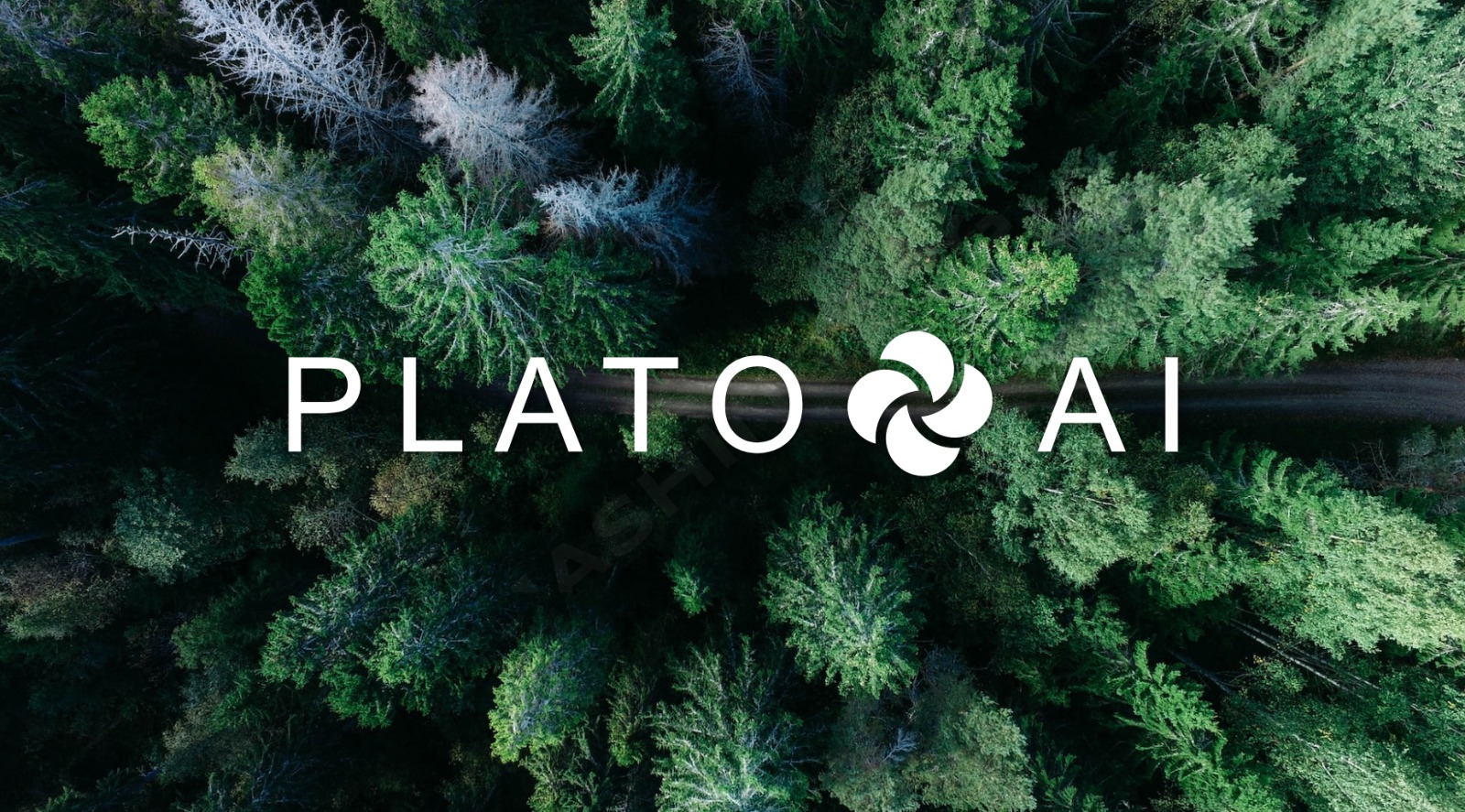An Overview of Social Carbon, Areas of Biodiversity Importance, and a Survey on Benefit Sharing
In recent years, there has been a growing recognition of the importance of addressing climate change and protecting biodiversity. As part of these efforts, the concept of social carbon has emerged as a way to integrate social and environmental considerations into carbon offset projects. Additionally, identifying areas of biodiversity importance and implementing benefit-sharing mechanisms have become crucial in ensuring the equitable distribution of benefits from conservation initiatives. In this article, we will provide an overview of social carbon, discuss areas of biodiversity importance, and explore the results of a survey on benefit sharing.
Social carbon refers to the idea that carbon offset projects should not only focus on reducing greenhouse gas emissions but also consider the social and environmental impacts of these projects. Traditional carbon offset projects often prioritize emission reductions without adequately addressing the potential negative consequences on local communities and ecosystems. Social carbon aims to rectify this by incorporating social and environmental safeguards into project design and implementation.
One key aspect of social carbon is the consideration of areas of biodiversity importance. These areas are typically characterized by high levels of species richness, endemism, and ecological significance. Protecting these areas is crucial for maintaining ecosystem services, preserving biodiversity, and mitigating climate change. Identifying areas of biodiversity importance allows for targeted conservation efforts and the implementation of measures to prevent habitat loss and degradation.
To ensure the equitable distribution of benefits from conservation initiatives, benefit sharing mechanisms are essential. Benefit sharing refers to the fair and equitable distribution of the benefits derived from the use and conservation of natural resources. This includes sharing financial benefits, such as revenue generated from ecotourism or carbon offset projects, as well as non-financial benefits like capacity building and community development. Implementing benefit sharing mechanisms helps to address social inequalities, promote local participation, and enhance the sustainability of conservation efforts.
To gauge the current state of benefit sharing in conservation projects, a survey was conducted among various stakeholders involved in conservation initiatives. The survey aimed to assess the level of awareness and implementation of benefit sharing mechanisms, identify challenges and opportunities, and gather feedback on the effectiveness of existing practices.
The results of the survey highlighted both progress and areas for improvement. It was found that while there is a general understanding of the importance of benefit sharing, its implementation varies across projects. Financial benefit sharing was more commonly practiced, with revenue-sharing agreements in place in many cases. However, non-financial benefit sharing, such as capacity building and community involvement, was less frequently implemented.
Challenges identified in the survey included a lack of clarity in benefit sharing agreements, limited resources for monitoring and evaluation, and difficulties in measuring the impact of benefit sharing on local communities. Additionally, there was a need for increased collaboration and coordination among stakeholders to ensure effective benefit sharing.
Despite these challenges, the survey also revealed opportunities for enhancing benefit sharing practices. These included the potential for innovative financing mechanisms, such as impact investment and crowdfunding, to support conservation projects and benefit sharing initiatives. Furthermore, the survey highlighted the importance of building capacity and providing training to local communities to enable their active participation in decision-making processes.
In conclusion, social carbon, areas of biodiversity importance, and benefit sharing are all crucial components of sustainable conservation efforts. By integrating social and environmental considerations into carbon offset projects, identifying and protecting areas of biodiversity importance, and implementing effective benefit sharing mechanisms, we can ensure that conservation initiatives not only mitigate climate change but also contribute to the well-being of local communities and the preservation of biodiversity.
- SEO Powered Content & PR Distribution. Get Amplified Today.
- PlatoData.Network Vertical Generative Ai. Empower Yourself. Access Here.
- PlatoAiStream. Web3 Intelligence. Knowledge Amplified. Access Here.
- PlatoESG. Automotive / EVs, Carbon, CleanTech, Energy, Environment, Solar, Waste Management. Access Here.
- PlatoHealth. Biotech and Clinical Trials Intelligence. Access Here.
- ChartPrime. Elevate your Trading Game with ChartPrime. Access Here.
- BlockOffsets. Modernizing Environmental Offset Ownership. Access Here.
- Source: Plato Data Intelligence.

